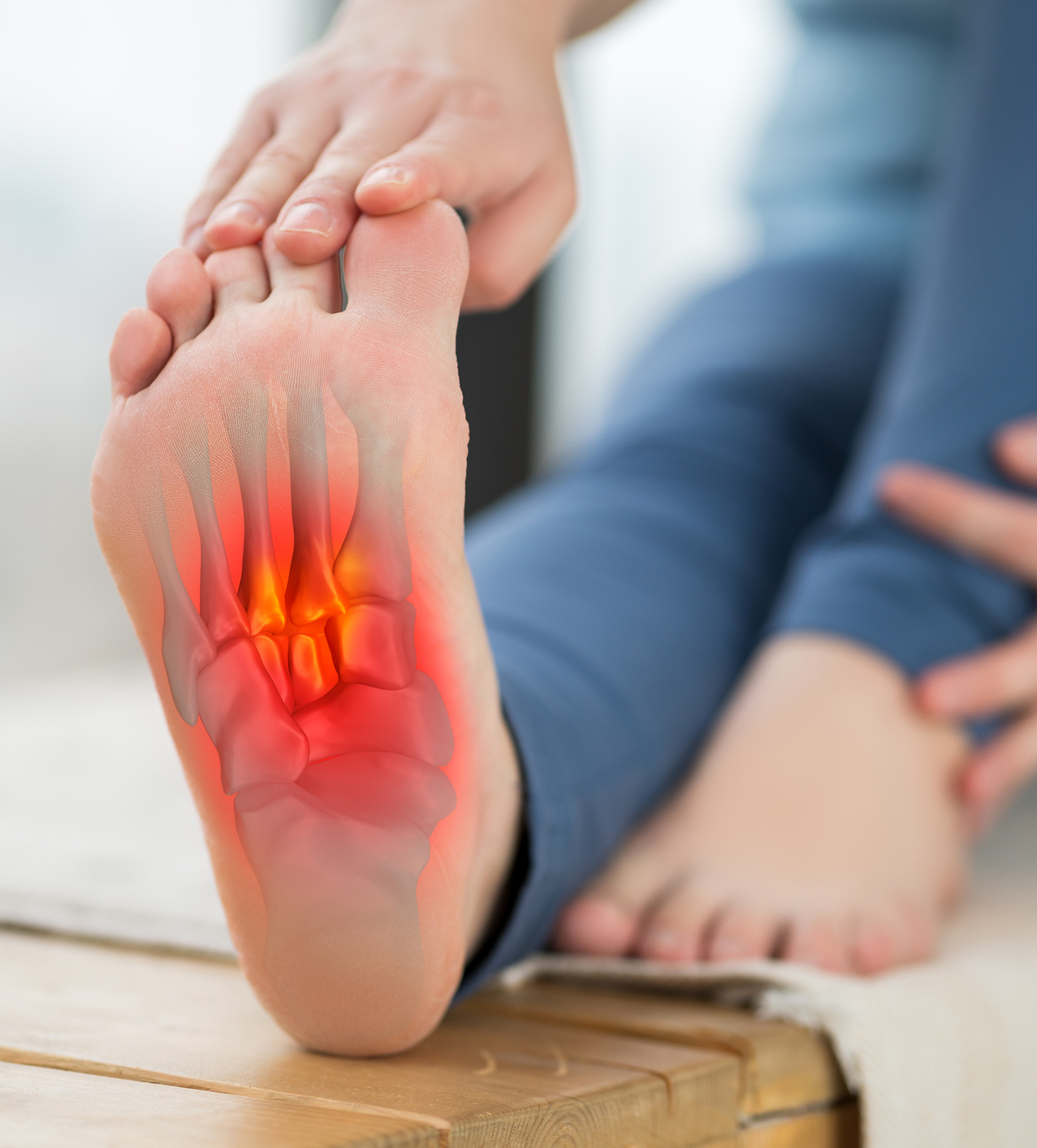
Osteophytes/ Bone Spurs
Serving the South Florida area with locations in Hollywood and Miami, FL
Dr. Andreas C. Tomac, MD, PhD, FAANS is a distinguished neurosurgeon specializing in diagnosing and treating Osteophytes/Bone Spurs.
Treating Osteophyte/Bone Spurs

How are Osteophyte/Bone Spurs diagnosed?
Osteophytes, commonly known as bone spurs, are bony outgrowths that can develop on the edges of bones. They often form in response to prolonged stress, pressure, or inflammation affecting the joints. While they can occur in various joints throughout the body, including the spine, hips, knees, and shoulders, osteophytes are frequently associated with conditions such as osteoarthritis.
Key points about osteophytes (bone spurs):
- Formation: Osteophytes develop as the body’s natural response to joint degeneration, wear and tear, or inflammation. They can form along the edges of bones and joint surfaces.
- Joint Involvement: Osteophytes are commonly found in joints affected by osteoarthritis, a degenerative joint disease characterized by the breakdown of cartilage.
- Spinal Osteophytes: In the spine, osteophytes can develop on the vertebrae and around the edges of intervertebral discs. They are often associated with conditions like spinal osteoarthritis and can contribute to spinal stenosis.

What treatments are available?
The treatment options for osteophytes, or bone spurs, depend on the severity of symptoms and the impact on daily life. A neurosurgeon like Dr. Tomac can provide expertise in both non-surgical and surgical interventions. Common treatment approaches include:
- Conservative Treatments:
- Pain Management: Over-the-counter or prescription medications may be recommended for pain relief.
- Physical Therapy: Targeted exercises to improve joint mobility, reduce stiffness, and strengthen surrounding muscles.
- Lifestyle Modifications: Adjustments to daily activities and habits to minimize stress on the affected joint.
- Interventional Procedures:
- Corticosteroid Injections: Injections of anti-inflammatory medications into the affected joint to reduce pain and inflammation.
- Viscosupplementation: Injections of hyaluronic acid to improve joint lubrication and reduce friction.
- Surgical Options:
- Osteophyte Removal (Osteophytectomy): Surgical removal of the bone spurs to alleviate pressure on nearby structures and improve joint function.
- Joint Fusion (Arthrodesis): Fusion of adjacent bones to stabilize the joint, often considered in more advanced cases.
Dr. Tomac can assess the specific case, discuss treatment options, and recommend the most appropriate course of action based on the severity of symptoms and the individual’s condition. The decision to pursue surgery is often considered when conservative measures are not effective, and there is significant impact on joint function or neurological involvement.
